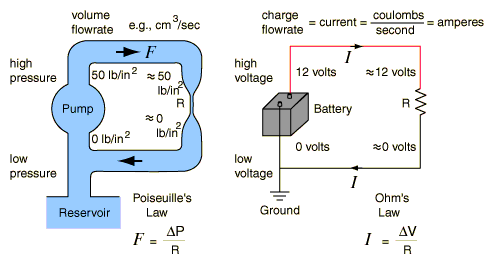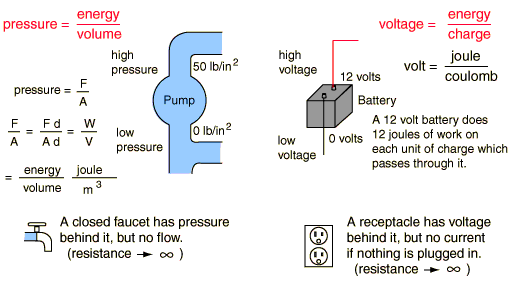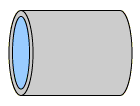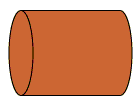DC Circuit Water Analogy

In a direct current (DC) electrical circuit, the voltage (V in volts) is an expression of the available energy per unit charge which drives the electric current (I in amperes) around a closed circuit. Increasing the resistance (R in ohms) will proportionately decrease the current which may be driven through the circuit by the voltage.
Each quantity and each operational relationship in a battery-operated DC circuit has a direct analog in the water circuit. The nature of the analogies can help develop an understanding of the quantities in basic electric ciruits. In the water circuit, the pressure P drives the water around the closed loop of pipe at a certain volume flowrate F. If the resistance to flow R is increased, then the volume flowrate decreases proportionately. You may click any component or any relationship to explore the the details of the analogy with a DC electric circuit.
| Ohm's law | Voltage law | Current law | Power relationship |
| Basic DC circuit relationships |
DC Circuits
| HyperPhysics***** Electricity and Magnetism | R Nave |




